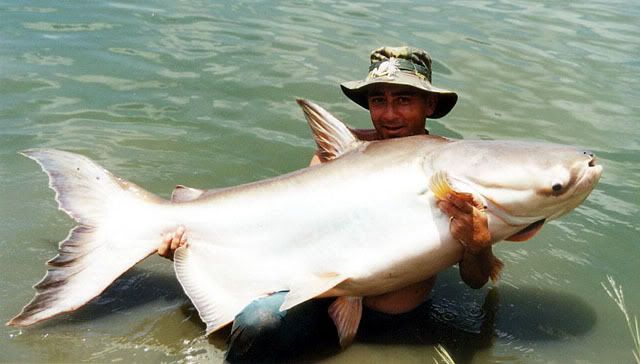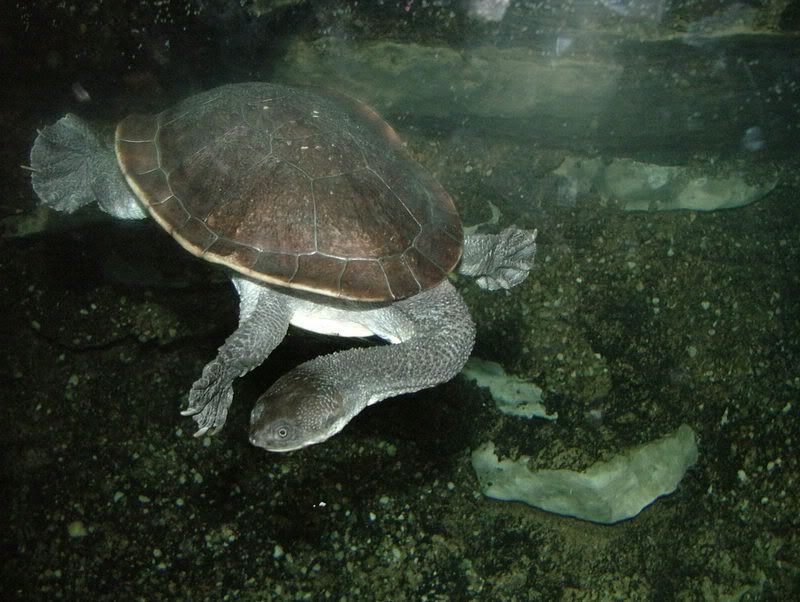| Image by me |
This rattlesnake (Sistrurus catenatus) goes by a number of names, such as Swamp Rattler, Black Rattler, but I’ve always called it a Massasauga, which apparently means “Great River Mouth” in Chippewa. By those names, it should come as no surprise that these snakes are typically found in wetland areas, as well as near rivers and streams. They are typically ambush hunters, lying in wait for small rodents to wander within range. Since rattlesnakes are a group within pit vipers, they have heat-sensing organs to find their prey.
Unlike most rattlesnakes, Massasaugas hibernate alone, finding crayfish burrows in which to spend the winter, below the frost line. I don’t know how many of those crayfish are… uh… forcefully evicted from their burrows, but I wouldn’t be surprised if that was how most Massasaugas found their over-wintering hole. Females mate in the spring, yearly or every other year, depending how healthy she is. Birthing (remember, rattlesnakes have live young) happens in the late summer, with a litter of five to nineteen bouncing… uh, slithering babies.
While their range stretches from New York to Minnesota and from Missouri to Ontario, they are endangered within each state or province in their range. So, despite the fact that the Massasauga’s range takes up most of the Northeastern United States, it really only exists in small isolated populations. One of those happens to be the Killdeer Plains Wildlife Area, where I spent each fall in high school peeling dead snakes off the road. I suppose I can’t really let this post go by without a personal anecdote, so here goes. Freshman year, when we were still trying to figure out what we were doing, and I couldn’t yet drive, Dad and I came across a live Massasauga near the edge of the road. It wasn’t atypically big, probably two feet long. I had been given a two-foot long snake hook, but I hadn’t brought it with me, because I would pick up any non-venomous snake with my hands, and two feet wouldn’t be near long enough for any venomous snake. After collecting the data, we realized that we were supposed to take the snake off the road, so it wouldn’t get run over, which was achieved by stomping, yelling, and throwing roadside litter near it1.
So that was a little off topic. They are not particularly endangered due to road mortality (I only found four of them in four years of study), but for two other major reasons. The first reason is that people don’t like snakes, especially venomous ones. There are kind, little old ladies with wonderful stories about how they chopped a Swamp Rattler’s head off with a shovel. Reported cases of deaths due to Massasauga bites are few and far between, mostly due to the fact that the people did not get proper treatment in time. The second reason is simply habitat loss, just like for the Alligator Snapping Turtle, as wetlands continue to be developed.
Despite the fact that the Massasauga is state listed throughout its range, it is only listed federally as a species of concern. Most conservation programs focus on the education of the public in an attempt to let them see this snake as a part of the ecosystem, instead of a potential threat. Habitat conservation is also a big part of saving this snake, and there are a few captive breeding programs in Canada working to release more of these beauties into the wild.
1This was before we started taking photographs of each one. Otherwise, the picture would be much better than the above, or even my other option, this one.



